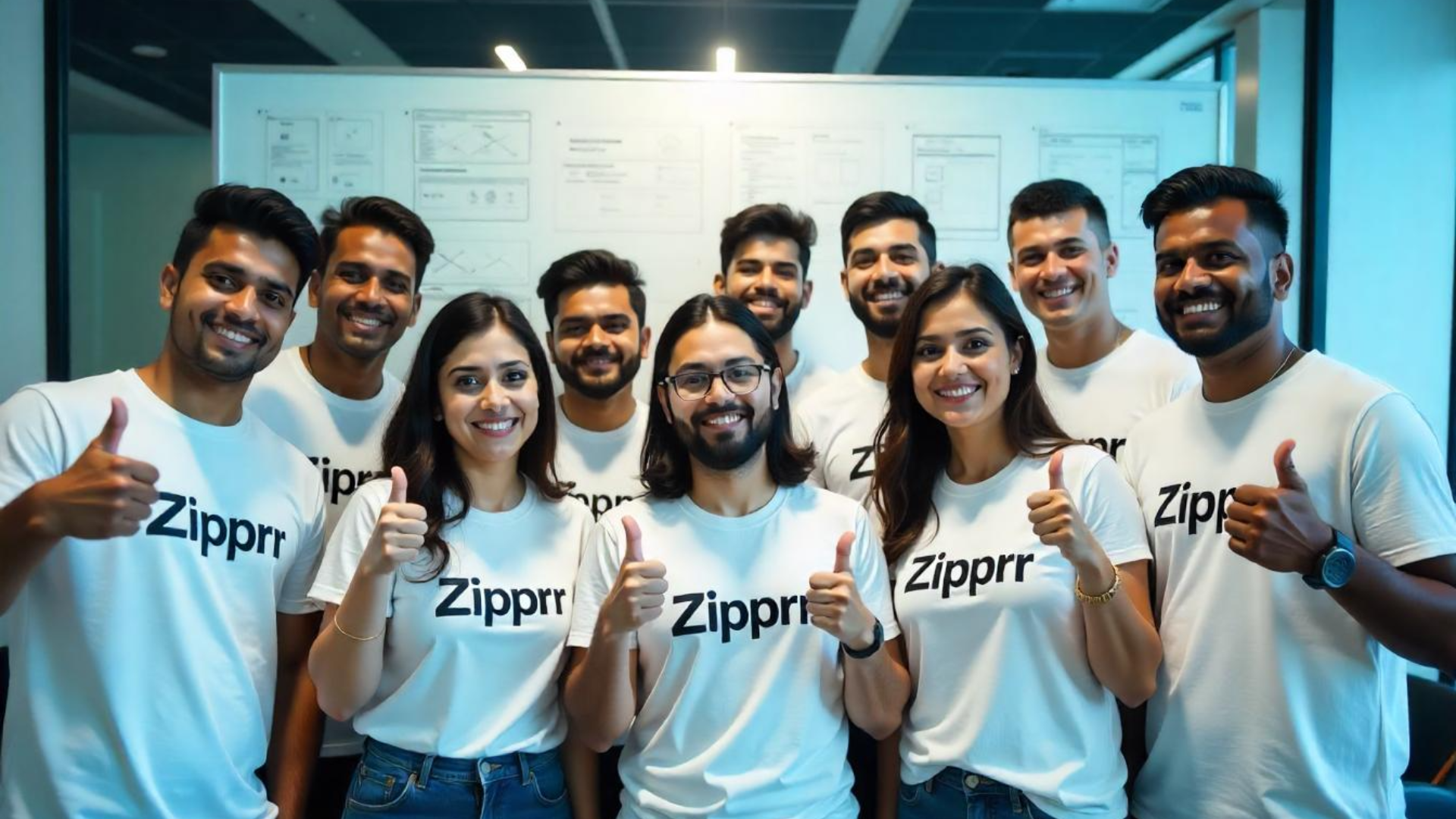Airbnb is continuously refining their platform to improve the user experience for both guests and hosts. Their marketplace model relies on making it easy for travelers to discover the perfect listing to book. Recent changes Airbnb made to their discovery tools and search features have had a notable impact, resulting in a nearly 30% increase in bookings. This article will explore the specific updates, how they enhanced the ability to find listings, and the measurable impact on Airbnb’s business.
New Search Filters
A core part of any user’s journey is filtering options to narrow down relevant results. Airbnb added several new filters to their search including the number of bathrooms, room type (entire home, private room, shared room), amenities like internet access or kitchen facilities, and room for a specific number of guests. These targeted filters gave travelers a more tailored experience to seek out listings precisely meeting their needs rather than scanning through generic results.
For example, a family of four traveling together could now filter solely for entire home listings with a minimum of two bathrooms near their destination. Business travelers could zero in on private rooms near their meeting spot that offer desk space. The additional filters saved users time spent sifting through irrelevant listings and made finding an ideal match much simpler.
Personalized Recommendations
Previously on Airbnb, the home screen after signing in simply displayed a generic set of recently listed rentals. Now based on a user’s past searches, saved searches, and booked reservations, Airbnb began showing personalized recommendations. This provided highly relevant options immediately without needing to input any search criteria.
If a user had previously looked at beach properties in a certain city, their homepage would feature beach listings in the same area. Someone who frequently books entire apartments would see similar options at the top of their profile rather than shared rooms they are less likely to select. The personalization allowed serendipitous discovery of new listings that fit a traveler’s preferences but they may not have otherwise noticed. It exposed users to more tailored recommendations, increasing chances of finding and booking a suitable property.
Interactive Maps
Airbnb’s maps were given a substantial upgrade, allowing zooming into very granular neighborhood levels. Listings could now be seen plotted out visually on the map interface. Filters were integrated so travelers could apply criteria like price range, amenities, or availability to listings shown on the map view. Pinpoints representing matches blinked to catch the eye.
This interactive mapping tool provided an entirely new visual discovery experience. Rather than scrolling through text results, users could explore new areas of a city in an immersive way. Neighborhoods with walkable density of listings clearly stood out. Properties in attractive locations near landmarks and public transit options were easier to spot. The engaging maps encouraged browsing unfamiliar regions that previously may have seemed out of the way.
Immersive Listing Photos
Shots of a rental’s interior were enhanced by adding high resolution 360-degree and panorama options. Users could drag around immersive photos similar to virtual reality to inspect every corner and aspect of a space. This brought listings to life far beyond a static slideshow. Travelers gained a strong sense of actually “being there” to evaluate if a property truly matched their needs before committing to a booking.
Vivid interior shots highlighting details like spacious bedrooms, well-equipped kitchens, and beautiful backyard views gave a convincing preview. The immersive photography created a connection to potential rentals and helped assess suitable properties more thoroughly without an in-person visit. This compelling visual storytelling likely influenced booking decisions and increased conversions by showcasing listings in their full vibrant context.
User Testing and Refinements
Airbnb took a strategic approach with their discovery feature changes by conducting small-scale testing before broad release. Select groups of users received early access to try out new filters, personalized recommendations, interactive mapping, and other tools. Their usage patterns, dwell times on pages, common workflow paths and direct feedback were closely monitored.
For example, when adding bathroom filters, test groups overwhelmingly used it as one of the top criteria. But certain phrasings like “number of full bathrooms” caused confusion that deterred use. In response, the filter labels were simplified. Maps were initially cluttered, so unused pins for distant listings outside current search parameters were removed to declutter the view. These real user insights guided adjustments that optimized each new element before launching site-wide.
Impact on Bookings (30% Increase)
After refining through testing cycles, Airbnb rolled out the full suite of discovery improvements in Q2 of the fiscal year. They closely tracked booking trends in the following months. It was found reservations increased nearly 30% compared to the same period last year when assets just basic search was available. According to Airbnb’s data analysis, over 25% of this significant boost was directly attributed to the refactored discovery tools changing user behavior.
The timing aligned with summer travel season, but previous years did not see such dramatic spikes. Airbnb estimated over 2 million additional guest arrivals were generated due to enhanced listing exposure from the personalized recommendations, interactive maps, robust filtering and immersive photography features combined. This proved the value of investing in refined browsing and search functionality to drive more bookings on the platform.
Measuring the Impact
Along with the 30% rise in reservations, other metrics showed the positive effects. Each improved discovery element correlated to boarding new types of guests. For example, intricate maps pulled in travelers open to exploring farther-flung neighborhoods not previously on their radar. Immersive internal photos boosted family bookings by givingparents confidence in full-home rentals.
Page views, time spent browsing listings and conversion rates from first click to confirmed booking all increased significantly. Users engaged more deeply with search and discovered a broader range of options due to the guided discovery elements like relevant recs and robust mapping. This indicated discovery changes succeeded in enhancing usability of finding suitable rentals. The massive boost to Airbnb’s transaction volume validated their investment in refining the listing exploration experience paid off.
Guest Perspective
Feedback from guests validated discovery changes made finding accommodations simpler. One user said:”The new neighborhood maps made me consider parts of town I hadn’t thought of before. I ended up booking a great place I never would have noticed otherwise.” Another guest noted “Personalized recommendations based on my history really streamlined searching, it was effortless to find similar rentals I liked in the past.” Power users appreciated finer filters like “I book a lot of Airbnbs for work trips, being able to filter by amenities like wifi saved so much time versus scrolling.”
The improved listing previews were also praised, with a family sharing “The 360 photos drew us into rentals instead of feeling like an impersonal listing, it was easy to picture staying there.” Immersive imagery helped buyers feel confident without visiting in-person first. In general, guests reported a smoother, less tedious experience scoping out options across new neighborhoods and formats versus Airbnb’s prior interface relying only on basic search fields.
Host Perspective
Hosts welcomed discovery features for increasing bookings and exposure of their rental listings to broader audiences. A superhost noted seeing a noticeable boost in reservations coinciding with launch, especially among new guest demographics. They said “It was great to host families who told me they found my place through immersive photos of the backyard, those details really sold them.” Other hosts agreed enhanced discovery pulled in more bookings both during peak season and previously slower months.
While not all rental increases could plausibly tie back precisely, the uplift correlated timing-wise with discovery launch. Even hosts with listings located off the beaten path saw higher traffic after neighborhood-level maps rolled out. The takeaway for most was optimized discovery translated to important new leads and reservations that strengthened their Airbnb businesses overall. Consistent bookings were particularly valuable given pandemic unpredictability still affecting travel. Discovery success helped buoy hosting income.
Ongoing Enhancements
Encouraged by initial discovery feature results, Airbnb continues exploring ways to refine usability. Monthly A/B tests introduce changes like tags for amenity details, search by room specification beyond bed count, and integrated neighborhood recommendations based on exploration patterns. Upcoming phases involve predictive personalization incorporating factors like trip duration, group size, and past rental formats booked.
Additional mapping layers may highlight neighborhood ratings, amenities density, landmarks, or public transit access. Highly rated rentals could stand out more prominently. Immersive content such as virtual tours potentially replaces some static photos. Guest preferences are studied to serve recurring users their preferred search defaults. The goal remains continuously optimizing each step of the user journey from initial browsing through booking. Customer feedback actively shapes ongoing discovery enhancements at Airbnb.
By Using Zipprr Scripts You Can Increase Airbnb Bookings by Nearly 30%
By leveraging Zipprr’s library of pre-built Airbnb clone app, Airbnb hosts can generate a sizable boost in bookings much like what Airbnb itself achieved. Zipprr offers AI-powered scripts that handle lead capturing, lead scoring, multi-channel outreach, and automated follow up based on behaviors. Using these proven scripts can uncover underserved demand and turn more visitors into paying customers.
The scripts find people actively searching for listings on Airbnb and other sites, then engage them via personalized messaging on their preferred channels. Automation allows efficiently reaching audiences at scale across platforms.
Reminders are automatically sent as booking windows approach to increase consideration rates. Just as Airbnb increased direct bookings nearly 30% through enhanced discovery tools, hosts using Zipprr can profit similarly by capturing escaped potential guests and continuing dialogs all the way to confirmation.
Conclusion
By refining search tools, personalizing results, boosting listing previews and giving visual context through interactive maps, Airbnb found the right formula for increasing guest bookings by nearly 30%. User testing refinement was vital for optimizing each discovery element. The data clearly showed individual features like filters, recommendations and vivid photos succeeded in streamlining exploration of options.
This persuaded more travelers to discover and convert on suitable rentals versus relying solely on their existing search abilities. The massive booking increase validated Airbnb’s approach worked. It incentivizes ongoing evolution guided by customer insights. Discovery will keep adapting based on usage metrics to drive further conversion gains over time. For travelers and hosts, simplified navigation translates into finding the ideal living spaces Airbnb brings together.







